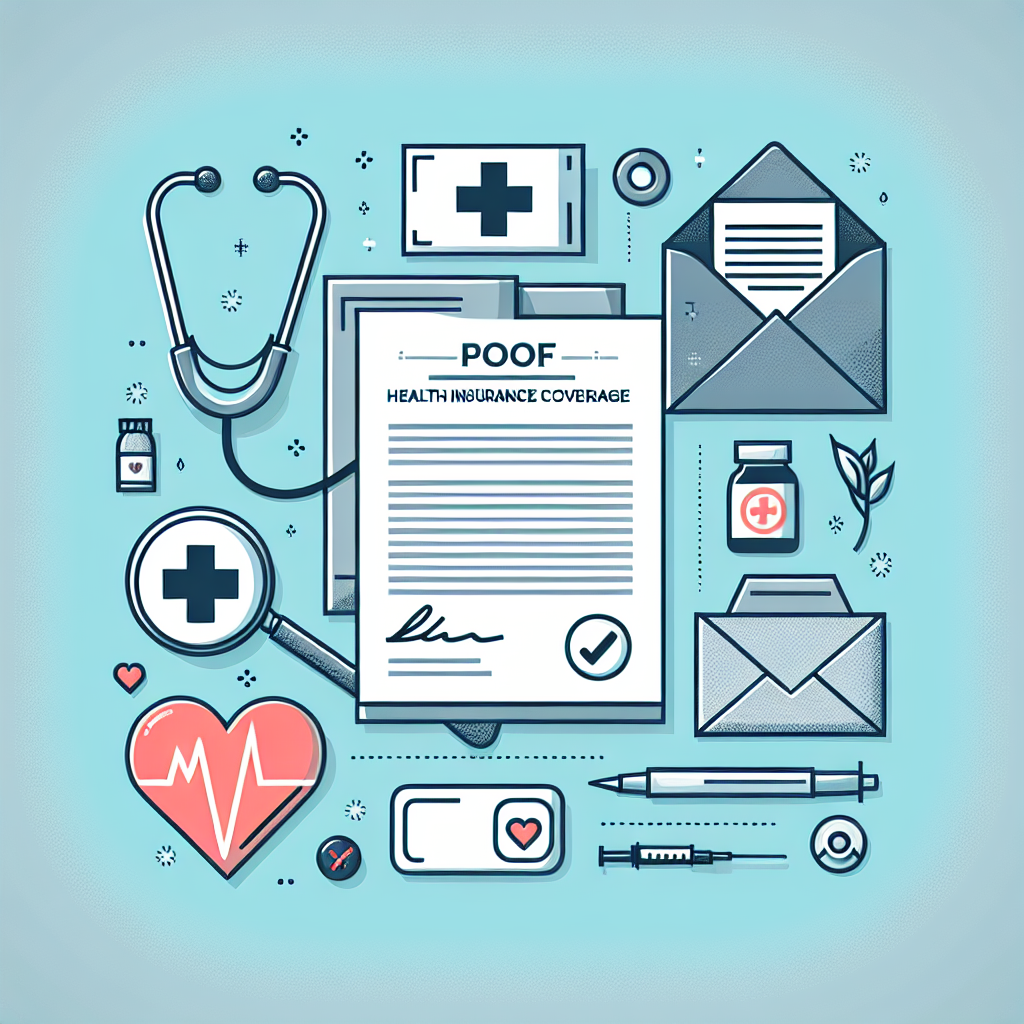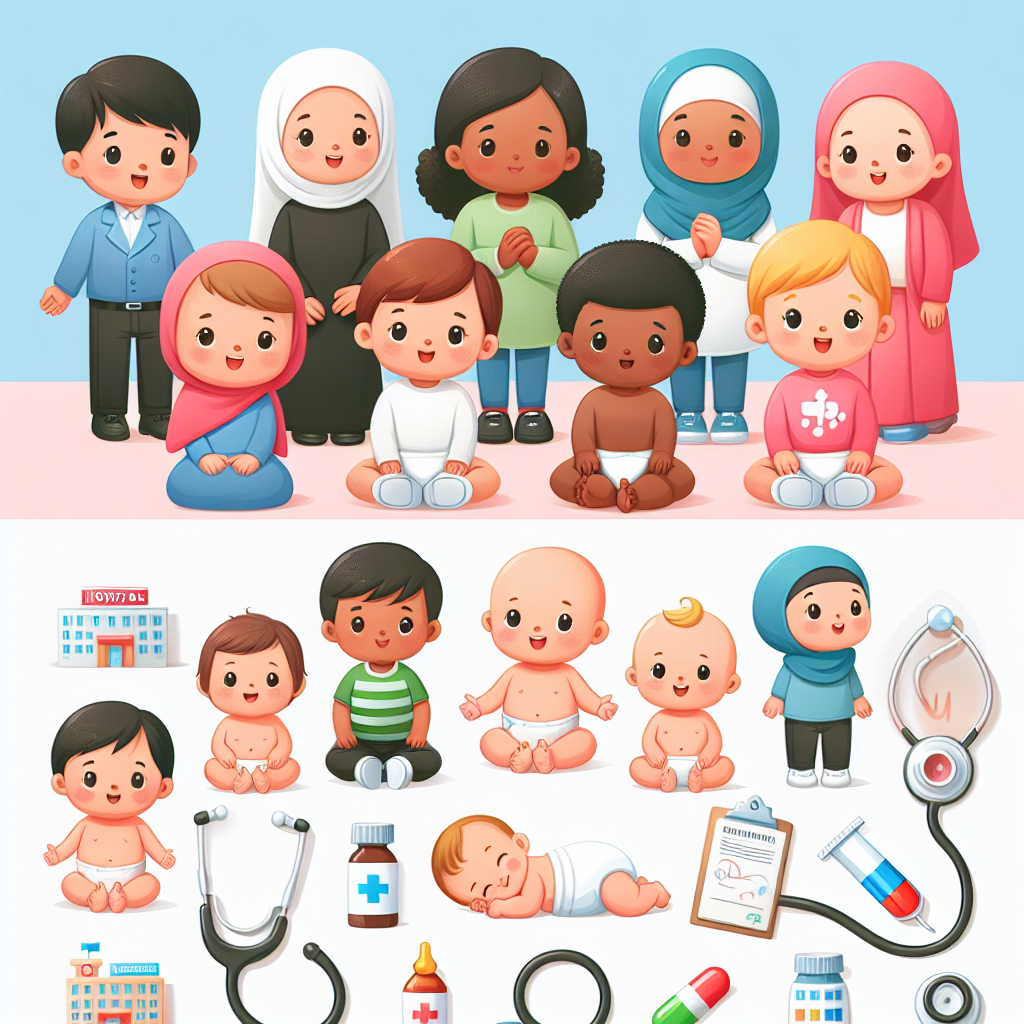Filed under Health Insurance on
Guide to Writing a Proof of Health Insurance Letter

In today's fast-paced world, having health insurance is not just a good idea—it's essential for safeguarding your financial stability and ensuring access to necessary medical care. Whether you're securing a new job, enrolling in a university program, or applying for a loan, providing proof of health insurance is often an integral requirement. Writing a proof of health insurance letter can seem daunting, but with the right guidance, you will breeze through the process. In this guide, we'll take you through the steps of composing a clear, concise, and professional proof of health insurance letter that effectively meets the requirements of your intended audience.
Understanding the Purpose of a Proof of Health Insurance Letter
A proof of health insurance letter serves multiple purposes. It is an official confirmation of your active health insurance coverage, often required by employers, educational institutions, or financial service providers. This letter is essential for documenting your ability to manage health-related expenses without financial stress. Understanding its purpose is the first step towards writing an effective letter that meets the needs of your recipient.
When Might You Need to Provide Proof of Health Insurance?
You might be asked for proof of health insurance in several scenarios:
- When starting a new job to verify compliance with company health plan requirements.
- While enrolling in a university to satisfy insurance prerequisites.
- Applying for travel visas where evidence of health coverage is mandatory.
- Securing a home loan where lenders request proof of sufficient health insurance.
Key Components of a Proof of Health Insurance Letter
A well-constructed proof of health insurance letter should include several key components to ensure clarity and sufficiency:
1. Header Information
The header of the letter should include your name, address, and contact information, along with the date of writing. Then, address the letter to the recipient, including their name, title, and address if known.
2. Policy Details
Clearly state your health insurance policy number, the name of the insurance provider, the type of coverage, and the coverage period. This section serves as the crux of your proof by providing substantial details about your insurance status.
3. Confirmation of Coverage
Write a brief confirmation statement verifying your active health insurance coverage. Include any additional relevant details, such as the start and end date of the policy or any substantial benefits covered.
4. Additional Information
If applicable, list any relevant parties covered under your insurance plan, like family members or dependents. You should also include any other specifics requested by the recipient.
5. Closing and Signature
Close the letter with a professional sign-off, followed by your handwritten (or electronic, if sending via email) signature. Your signature validates the information provided, reinforcing the letter's authenticity and completeness.
Step-by-Step Guide to Writing the Letter
- Gather Necessary Information: Before writing, compile all required insurance details, including policy numbers and provider contact information.
- Understand Your Audience: Identify the recipient’s requirements, whether they need abbreviated details or comprehensive coverage information.
- Use a Professional Format: Begin with your personal information, followed by the recipient’s details. Use a formal tone throughout the letter.
- Proofread and Review: Check for typographical errors, accuracy in details, and clarity in the communication flow.
- Finalizing the Letter: Sign and date the letter, ensuring it's neatly formatted and ready for submission.
Real-Life Examples and Practical Advice
Here’s a simplified example of a proof of health insurance letter:
John Doe
123 Oak Street
Springfield, IL 62701
john.doe@email.com
Date: October 10, 2023
To Whom It May Concern,
I am writing to verify that I have active health insurance coverage through XYZ Insurance Company. My policy number is 456-789-012, and I have been continuously covered since January 1, 2023. The coverage provided includes hospital, dental, and prescription benefits. The policy also covers my spouse, Jane Doe, and our dependent, Sam Doe.
If you require further confirmation or have any questions, please feel free to contact me directly at the above address or email.
Sincerely,
John Doe
(Signature)
Practical Advice:
- Double Check Details: Mistakes can delay processing, so it's crucial to avoid errors by checking every detail carefully.
- Request Templates: When in doubt, request a template from the requesting organization to ensure compliant structuring.
- Utilize Technology: If handwritten signatures aren't feasible, use reputable electronic signature services for authenticity.
Frequently Asked Questions
- What should I do if I lose my health insurance letter?
If you misplace your proof of health insurance letter, reach out to your insurance provider for a re-issue or generate a new one utilizing stored policy records.
- Can a proof of health insurance letter be used internationally?
While primarily intended for domestic uses, you may use the letter internationally; however, confirm the specific details required with authorities in the destination country.
- What if my insurance details change after sending the letter?
Send an updated letter promptly to the concerned parties, detailing the changes in policy number, coverage, or any other pertinent information.
- Do I need to notarize a proof of health insurance letter?
Notarization isn't typically required unless explicitly requested by the recipient for additional verification.
- Is it necessary to include sensitive information like social security number?
No, you should avoid including sensitive personal information like social security numbers unless absolutely required for verification purposes.
Crafting a proof of health insurance letter doesn't have to be overwhelming. By understanding the required components and following a structured approach, you can efficiently communicate your coverage status to any requesting party. Whether you’re fulfilling job criteria, academic requirements, or loan conditions, this guide should offer the comprehensive insight needed to present a professional document that meets these diverse needs.





